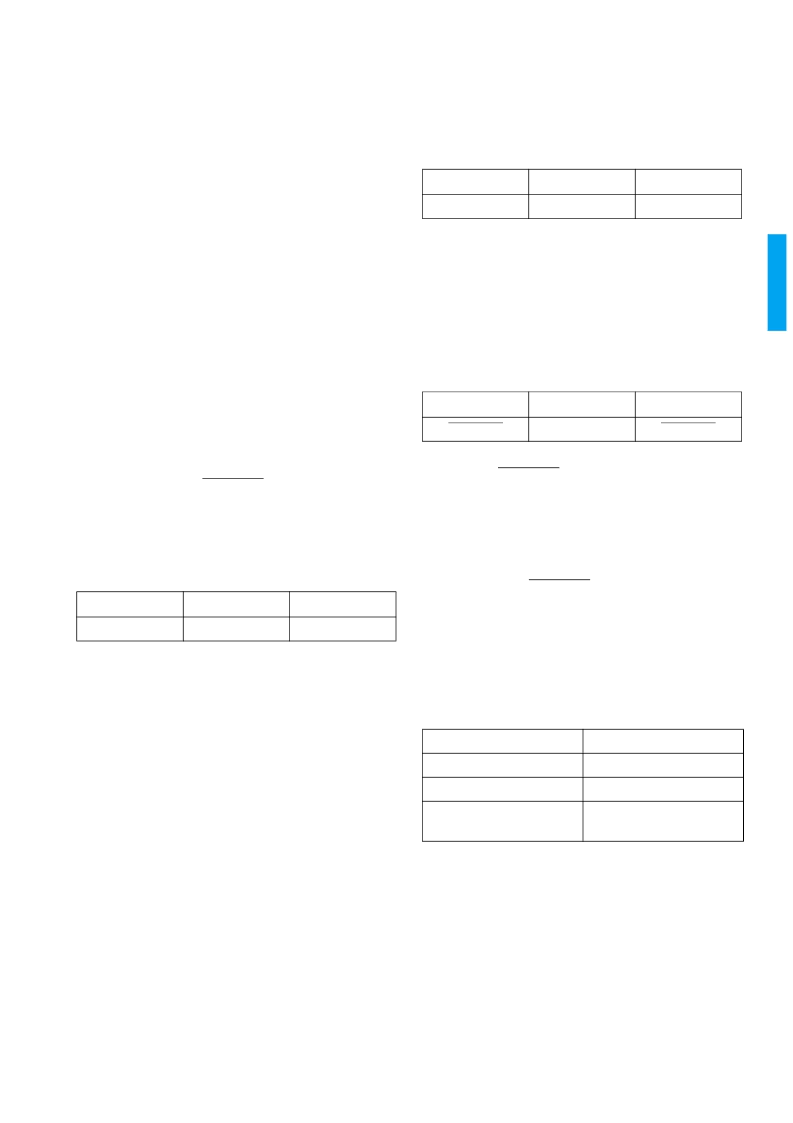- 您現(xiàn)在的位置:買賣IC網(wǎng) > PDF目錄385344 > GS9020ACFVE3 (Gennum Corporation) GENLINX -TM II GS9020A Serial Digital Video Input Processor PDF資料下載
參數(shù)資料
| 型號: | GS9020ACFVE3 |
| 廠商: | Gennum Corporation |
| 英文描述: | GENLINX -TM II GS9020A Serial Digital Video Input Processor |
| 中文描述: | GENLINX -商標二GS9020A串行數(shù)字視頻輸入處理器 |
| 文件頁數(shù): | 17/31頁 |
| 文件大?。?/td> | 258K |
| 代理商: | GS9020ACFVE3 |
第1頁第2頁第3頁第4頁第5頁第6頁第7頁第8頁第9頁第10頁第11頁第12頁第13頁第14頁第15頁第16頁當前第17頁第18頁第19頁第20頁第21頁第22頁第23頁第24頁第25頁第26頁第27頁第28頁第29頁第30頁第31頁

19922 - 3
17 of 31
G
4. DATA PROCESSING BLOCK
The GS9020A contains advanced data processing features
that can simplify system design requirements. These
include:
TRS Blanking,
ITU-R-601 Clipping
Data Blanking,
TRS Insertion, and
ANC Header updating
It is important to note that these processing functions occur
in the GS9020A in the order listed above.
When implementing applications which use the EDH core
(ie. BYPASS_EDH set LOW), TRS blanking, data blanking,
and TRS insertion will indicate a downstream FF/AP EDH
error when a 3FC
H
-3FF
H
input data value is blanked out or
overwritten to a value less than 3FB
H
. As such, users may
wish to disable data blanking, TRS blanking and TRS
insertion by setting the BLANK_EN pin HIGH, the CLIP_TRS
pin LOW, and leaving the corresponding host interface bits
at their power-on default values when implementing
applications which use the EDH core.
4.1 TRS Blanking
When asserted HIGH, TRS_BLANK (HOSTIF write table) will
blank out any incorrectly positioned TRS words with respect
to the flywheel. The blanking values used will be
appropriate for the detected video standard as described
below in the Data Blanking section. When TRS_INSERT is
enabled and TRS_BLANK is not, there may be 4 TRSs per
line in the outgoing data stream during a standard switch.
Similarly, if TRS_BLANK is enabled and TRS_INSERT is not,
then there may be 0 TRS per line during a switch. In most
applications, these features should be either both enabled
or both disabled to maintain only two TRSs per line. TRS
blanking will function incorrectly if the flywheel is disabled.
Thus if the flywheel is disabled the TRS_BLANK function
should be disabled as well.
4.2 ITU-R-601 Clipping
This feature operates on the active picture portion (as
defined in RP165) of the data stream only. When the
601_CLIP bit of the HOSTIF write table is asserted HIGH,
the device remaps all reserved data words in the active
picture to values compliant with ITU-R-601. That is, 000-003
is clipped to 004 and 3FC
H
-3FF
H
is clipped to 3FB
H
.
4.3 Data Blanking
Asserting the BLANK_EN pin or the corresponding HOSTIF
write table bit LOW causes the corresponding input data to
be forced to blanking levels. This is a dynamic control
allowing the user to individually select which data words are
to be blanked. TRS and EDH insertion occurs after data
blanking so if all these features are being used, the output
data stream continues to have TRS words and EDH packets
present, even if the BLANK_EN is constantly held LOW.
The outgoing EDH packet will contain the correct CRC
values for the blanked fields since the CRC values are
calculated and inserted just prior to the data exiting the
device.
The blanking values in hexi-decimal notation for each
standard are as follows:
Note that the device must first detect the incoming standard
in order for the proper blanking values to be inserted.
4.4 TRS Insertion
TRS words, based on the internal flywheel, can be inserted
into the outgoing data stream by asserting HIGH the
TRS_INSERT bit of the HOSTIF write table. Note that for
proper TRS insertion, the incoming standard must be
detected and the flywheel synchronized. That is, the
GS9020A does NOT provide proper TRS insertion for
unformatted video data (video without TRS words).
PIN
LOGIC OPR
HOST BIT
TRS_BLANK
PIN
LOGIC OPR
HOST BIT
601_CLIP
PIN
LOGIC OPR
HOST BIT
BLANK_EN
AND
BLANK_EN
NTSC/PAL 4:2:2
200 040 200 040 (CB:Y:CR:Y)
NTSC 4sc
0F0
PAL 4sc
100
NTSC/PAL 4:4:4:4
040 040 040 040 (B:G:R:A)
200 040 200 040 (CB:Y:CR:A)
相關(guān)PDF資料 |
PDF描述 |
|---|---|
| GS9020ACTV | GENLINX -TM II GS9020A Serial Digital Video Input Processor |
| GS9020ACTVE3 | GENLINX -TM II GS9020A Serial Digital Video Input Processor |
| GS9021A | GENLINX -TM II GS9021A EDH Coprocessor |
| GS9021ACFU | GENLINX -TM II GS9021A EDH Coprocessor |
| GS9022-CPJ | Digital Video Serializer |
相關(guān)代理商/技術(shù)參數(shù) |
參數(shù)描述 |
|---|---|
| GS9020ACTV | 制造商:GENNUM 制造商全稱:GENNUM 功能描述:GENLINX -TM II GS9020A Serial Digital Video Input Processor |
| GS9020ACTVE3 | 制造商:Semtech Corporation 功能描述:Serial Digital Video Input Processor |
| GS9020-CFV | 制造商:未知廠家 制造商全稱:未知廠家 功能描述:Serial Digital Video Input Processor |
| GS9020-CTV | 制造商:未知廠家 制造商全稱:未知廠家 功能描述:Serial Digital Video Input Processor |
| GS9021 | 制造商:GENNUM 制造商全稱:GENNUM 功能描述:EDH Coprocessor |
發(fā)布緊急采購,3分鐘左右您將得到回復(fù)。